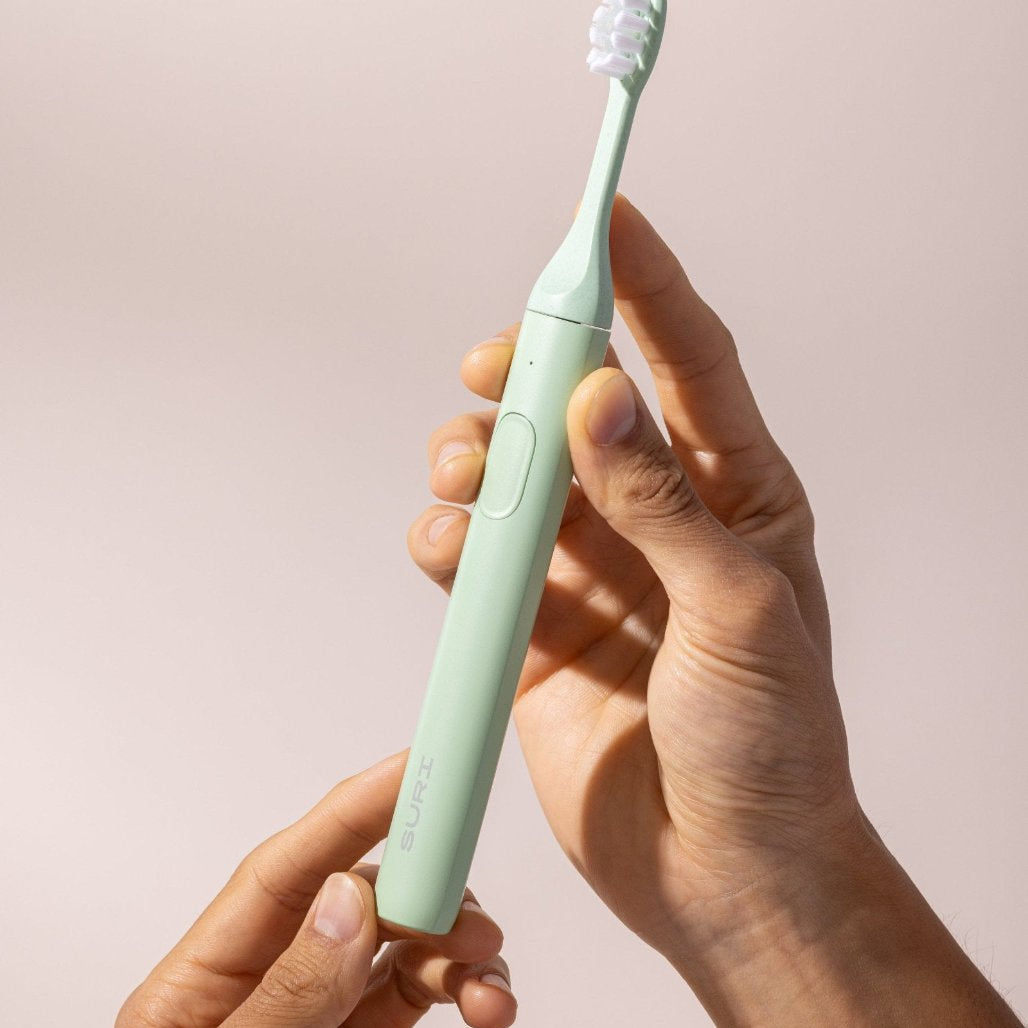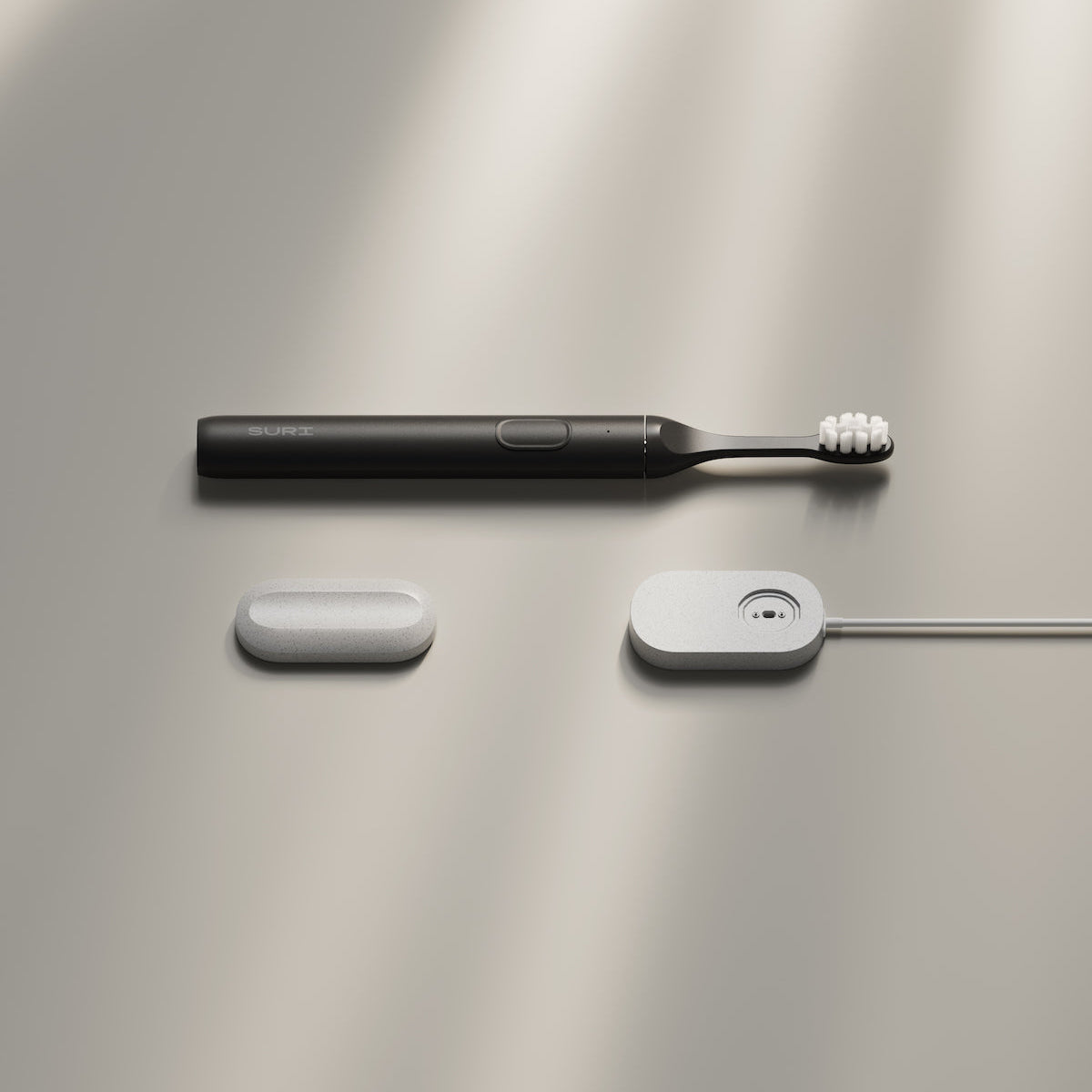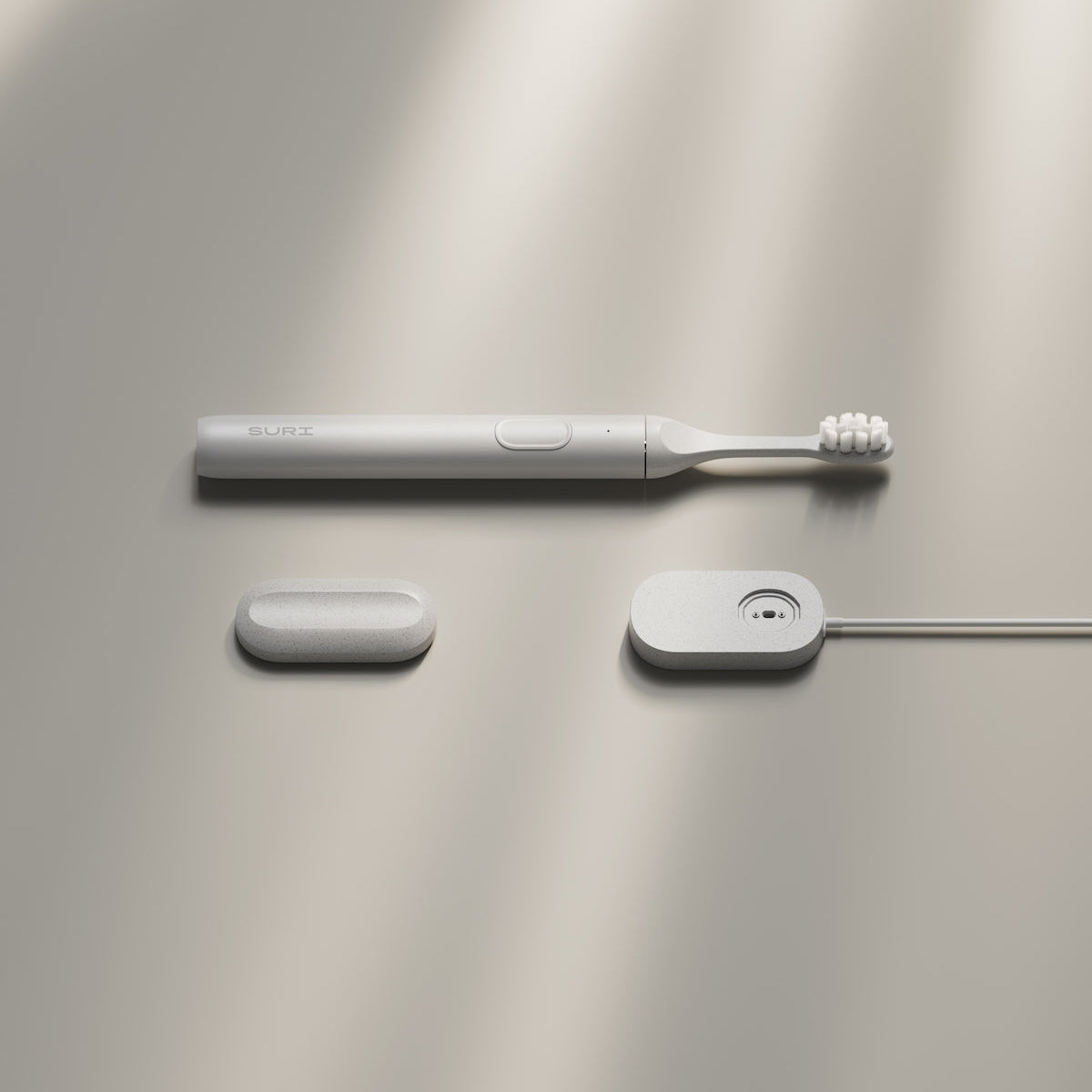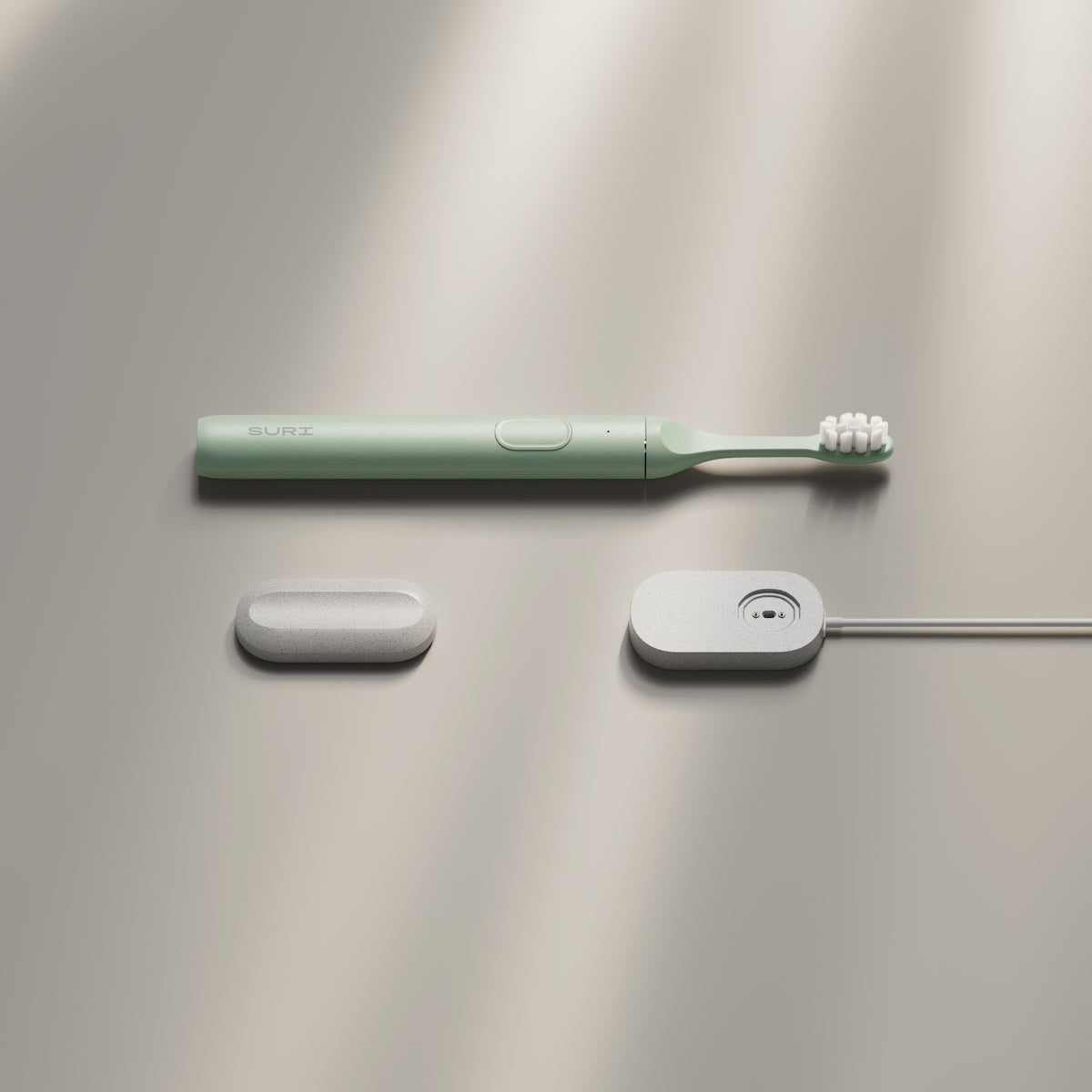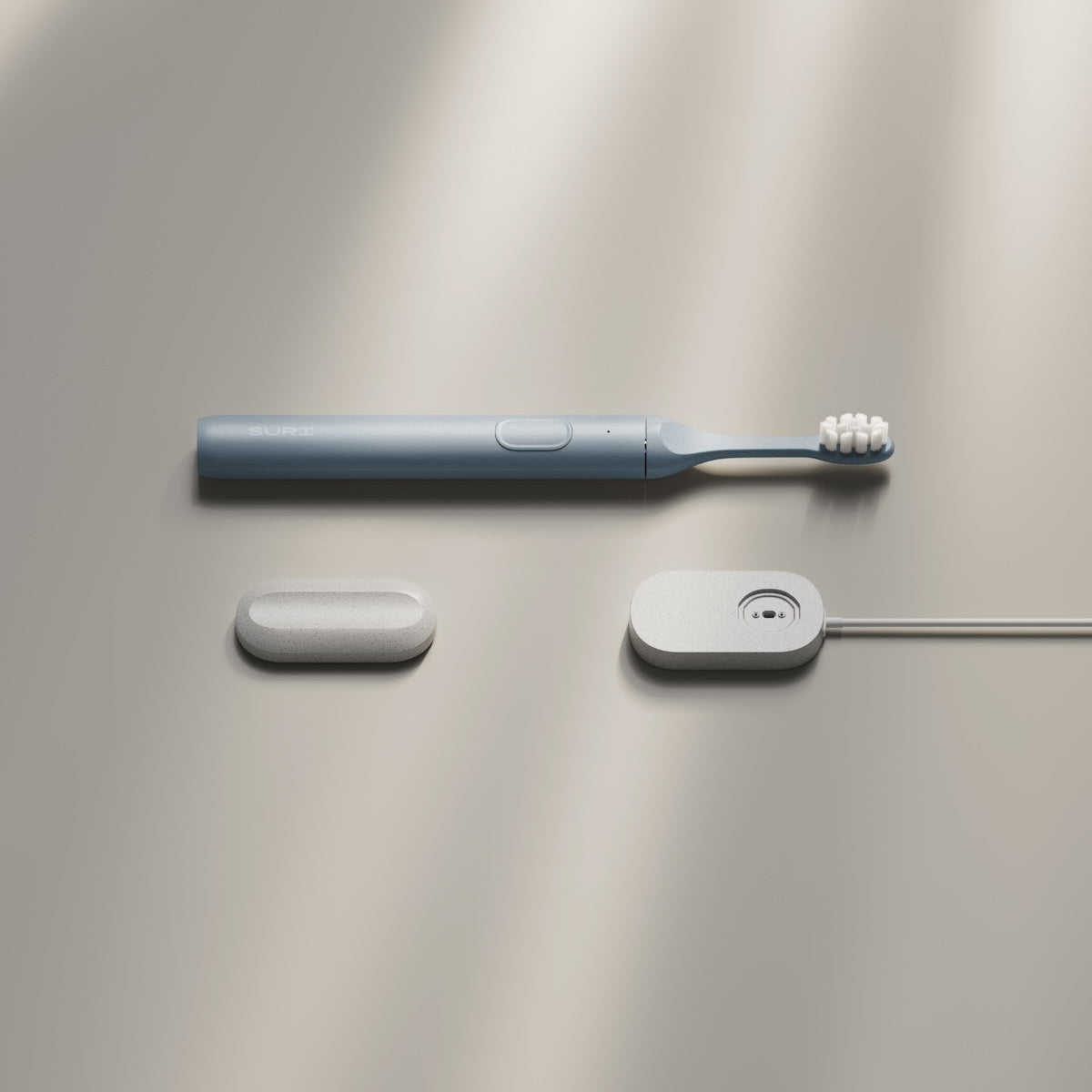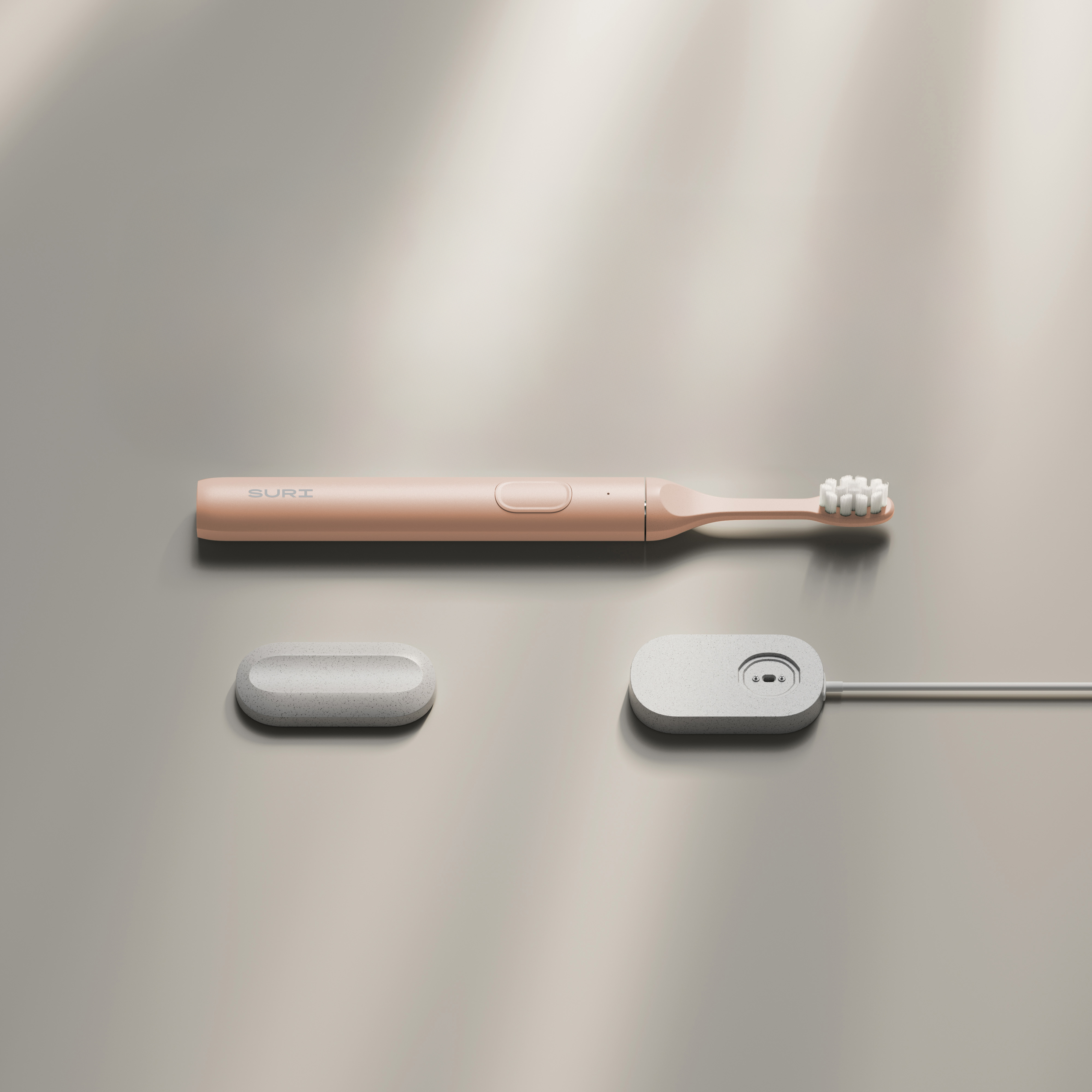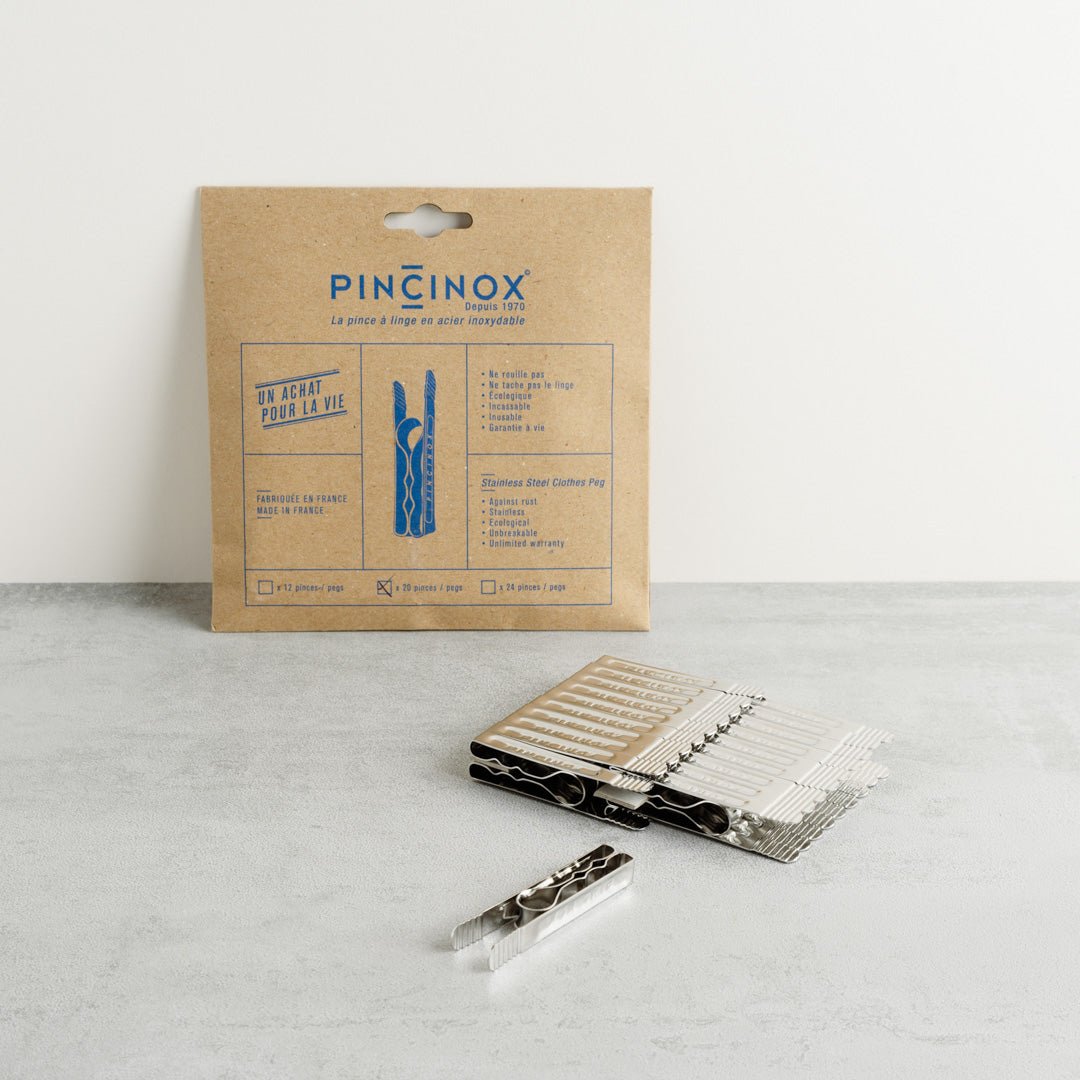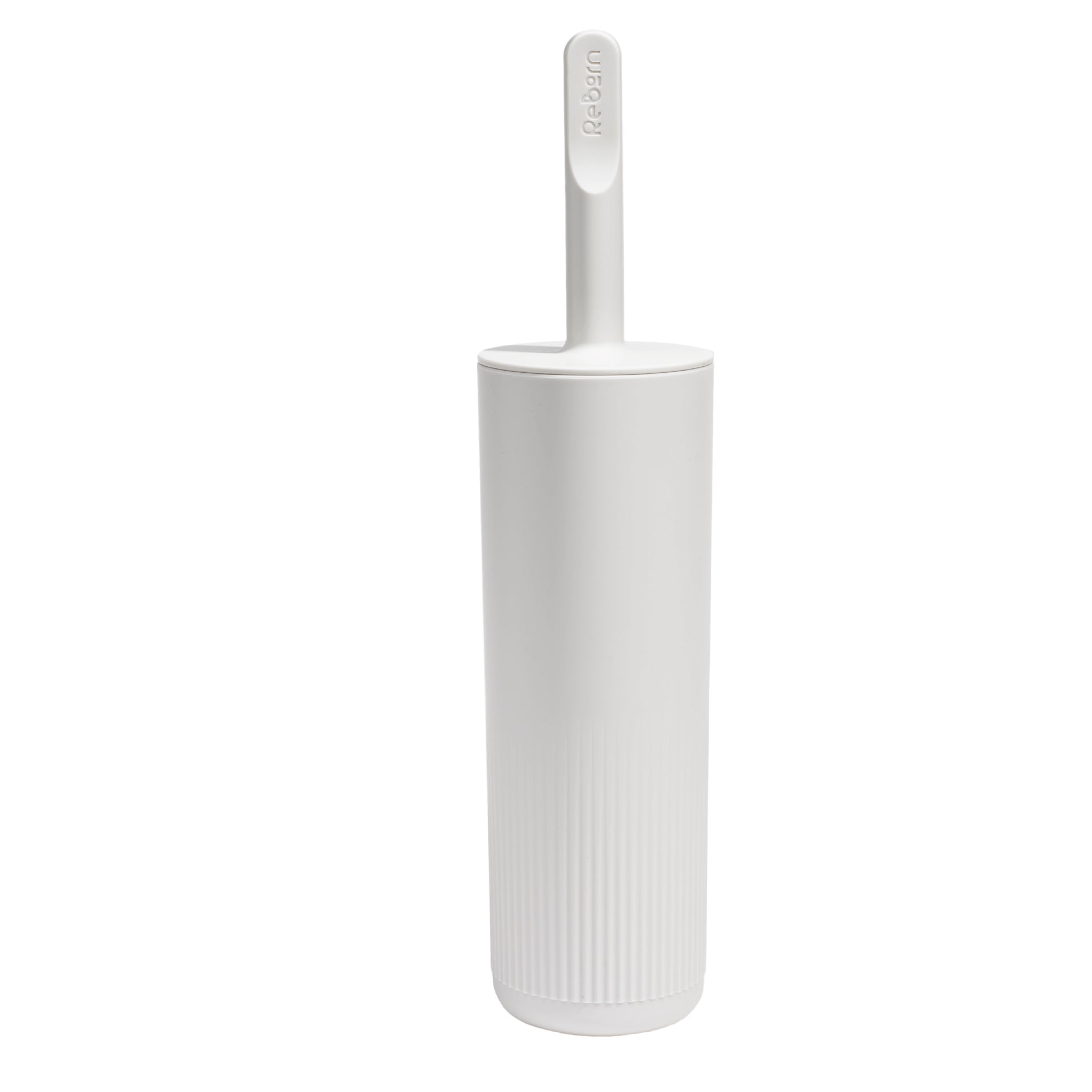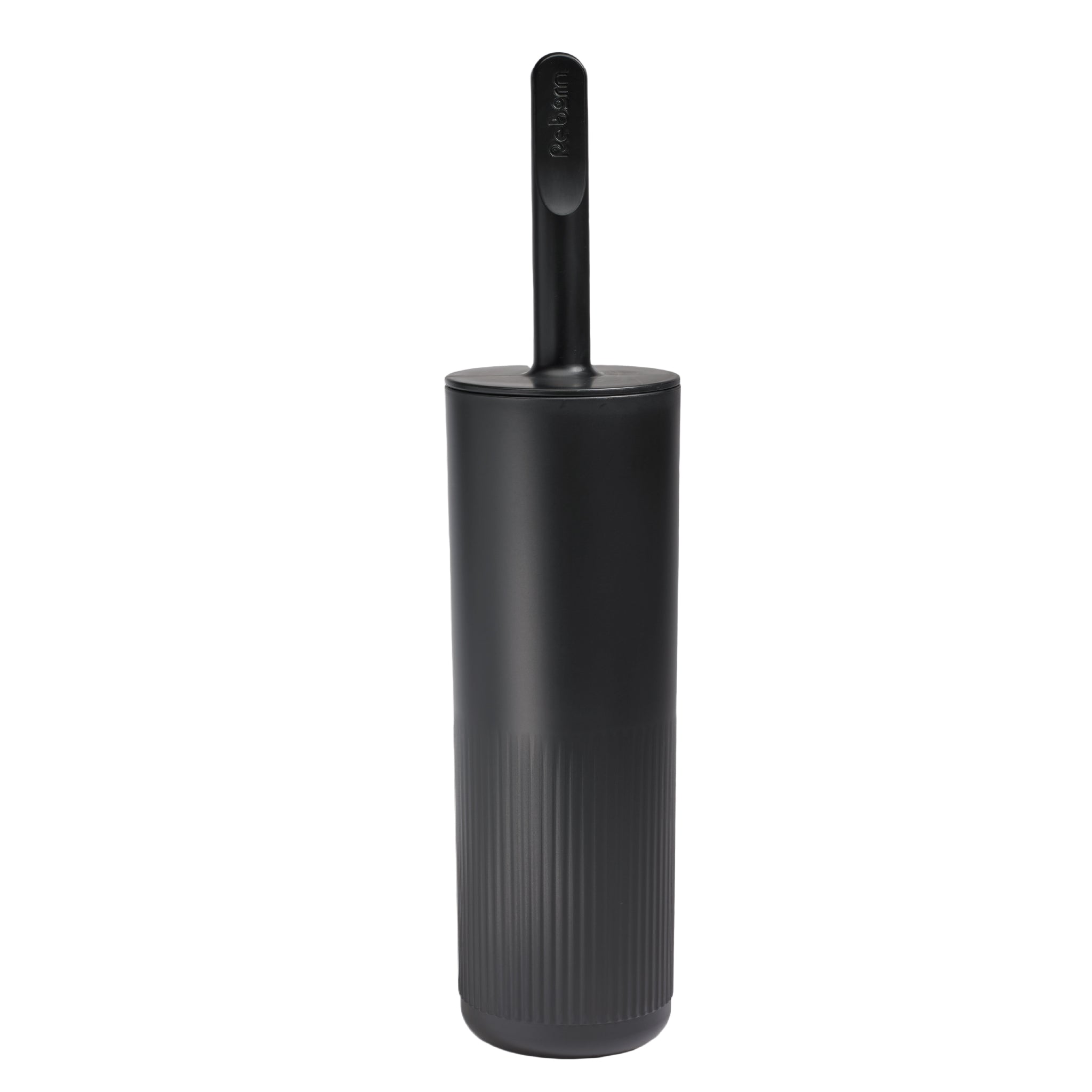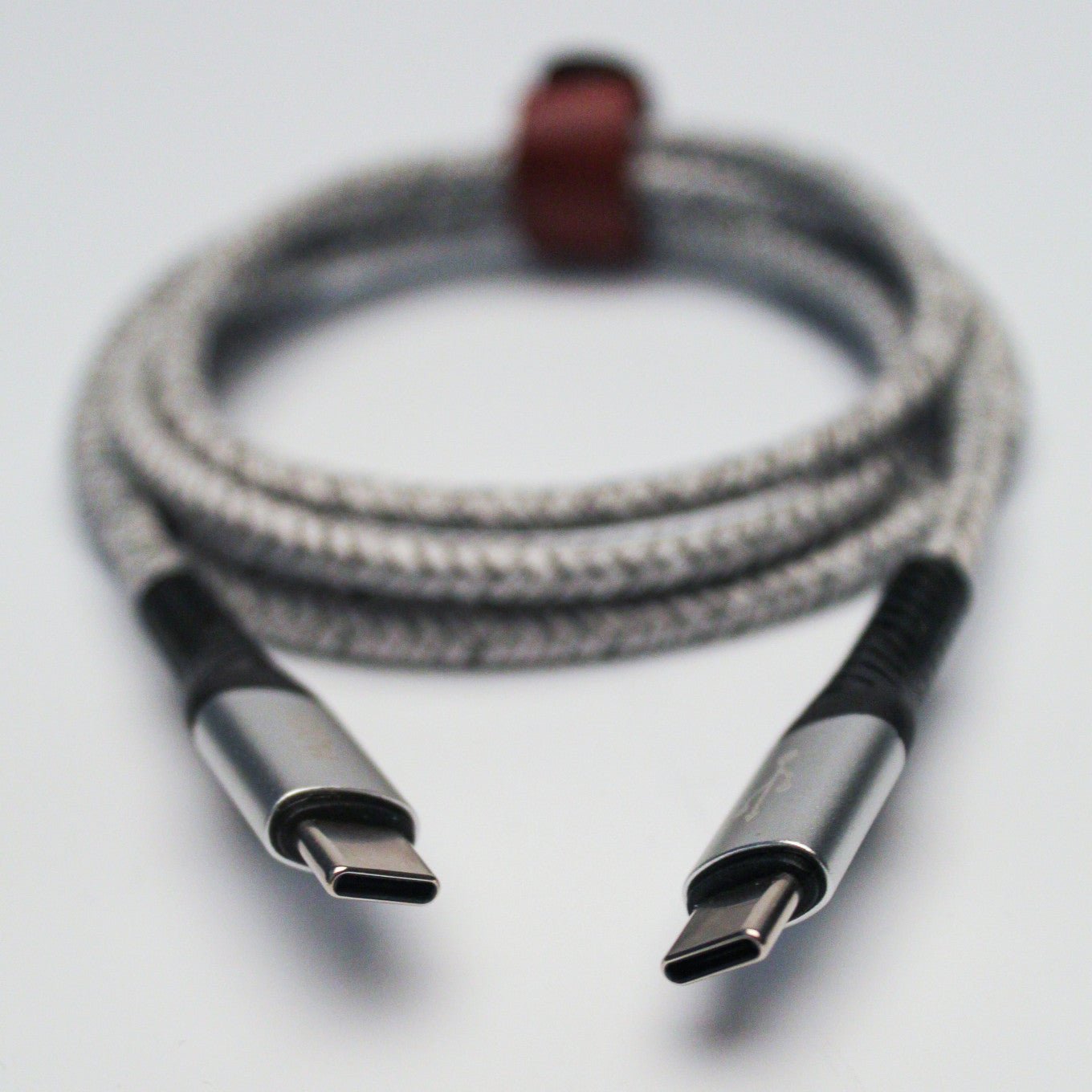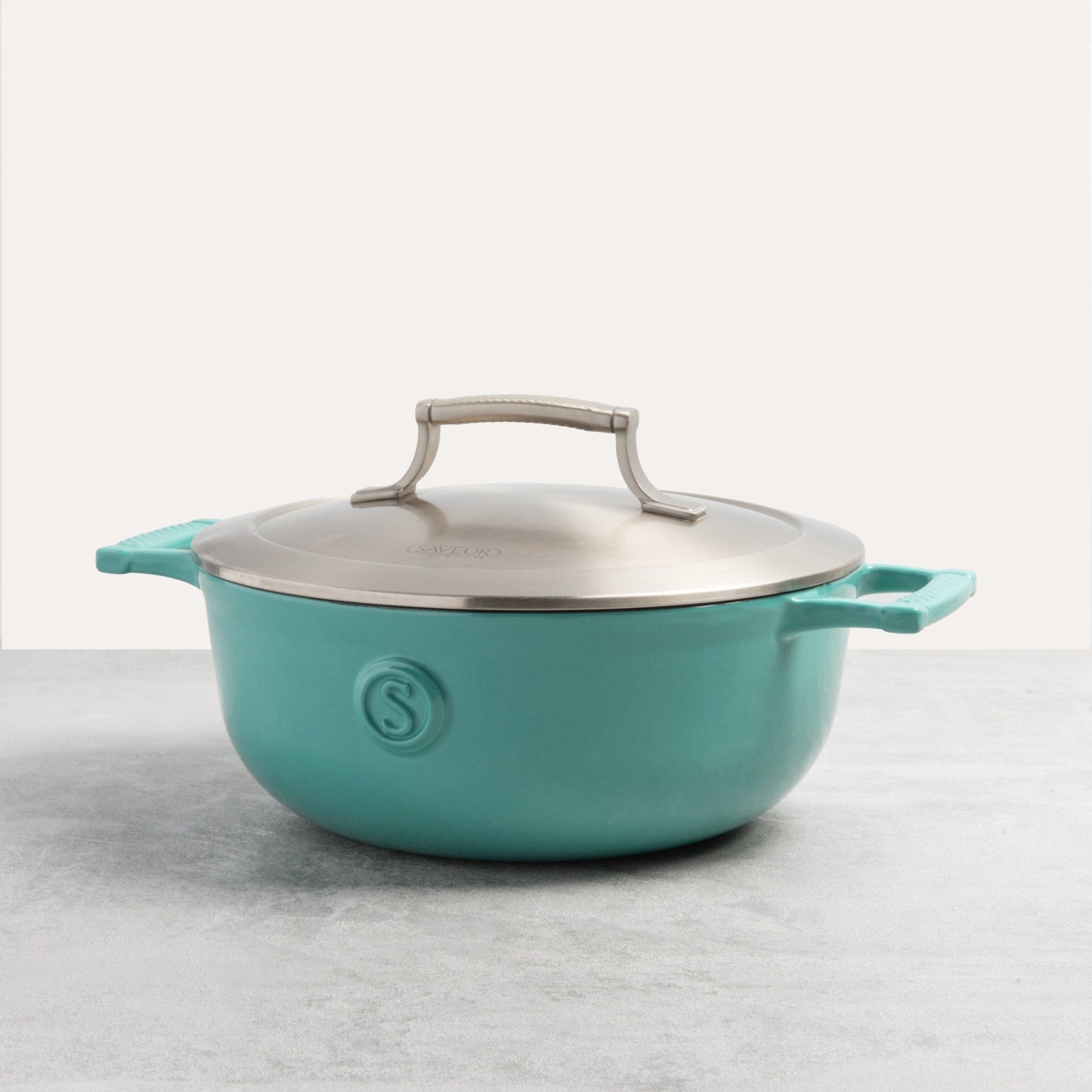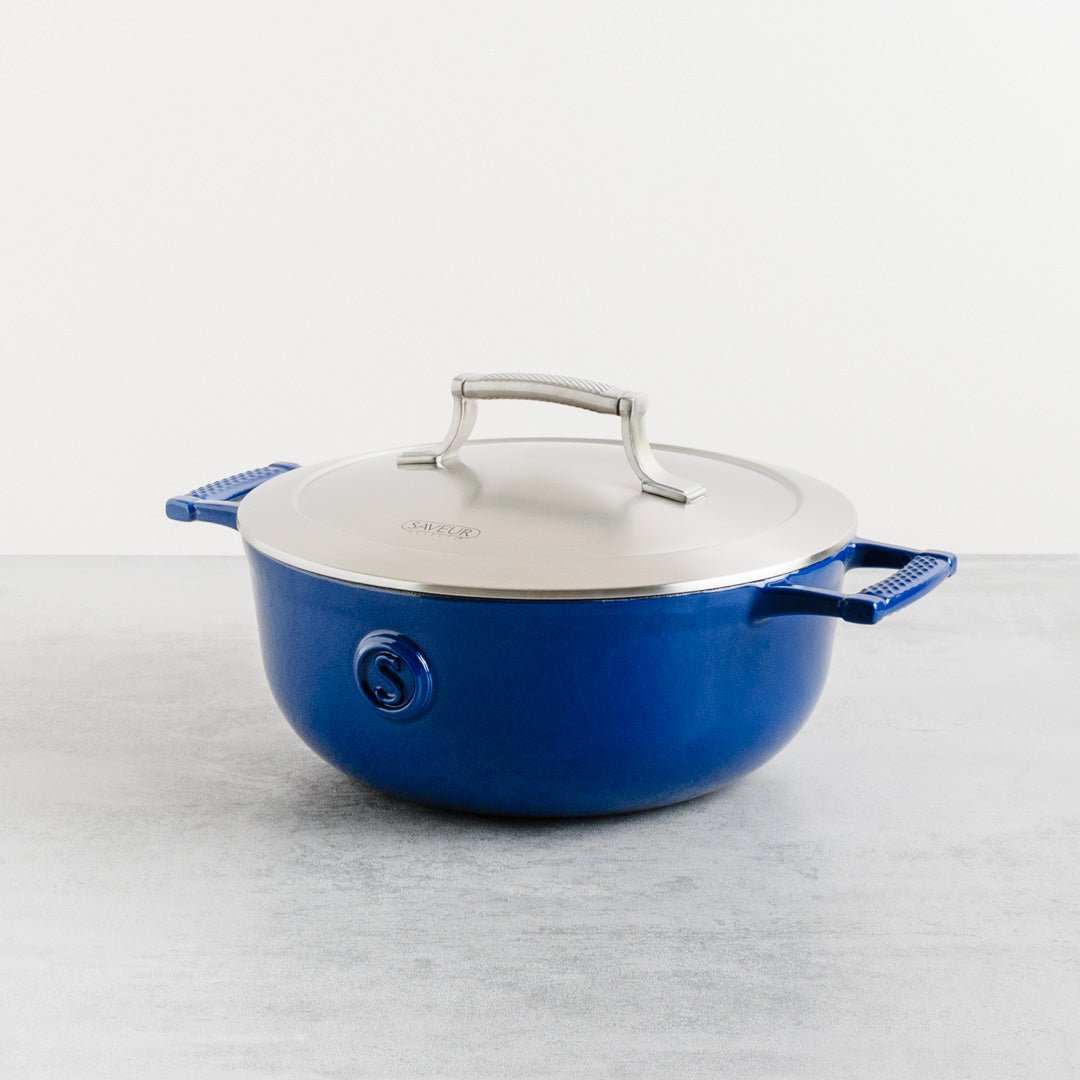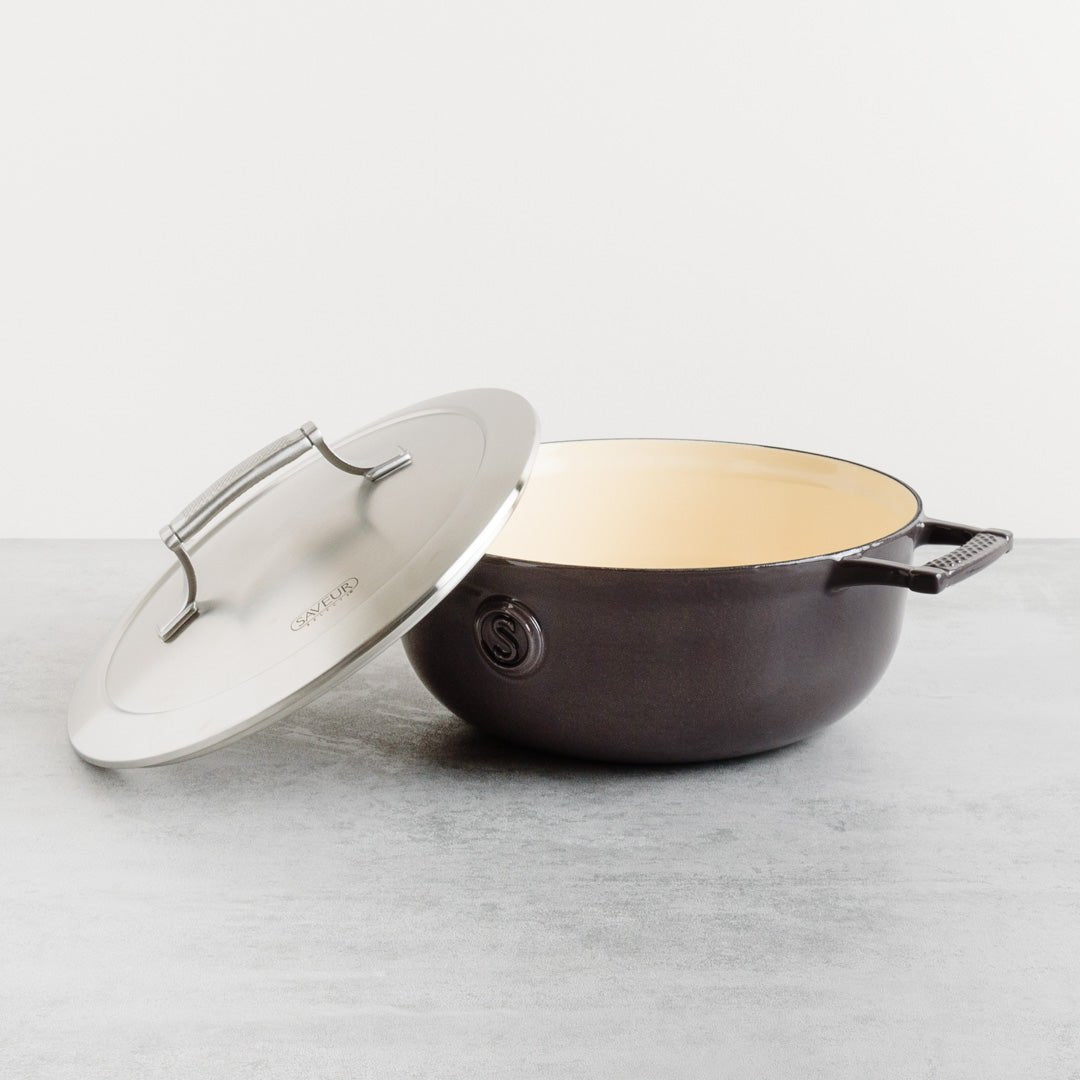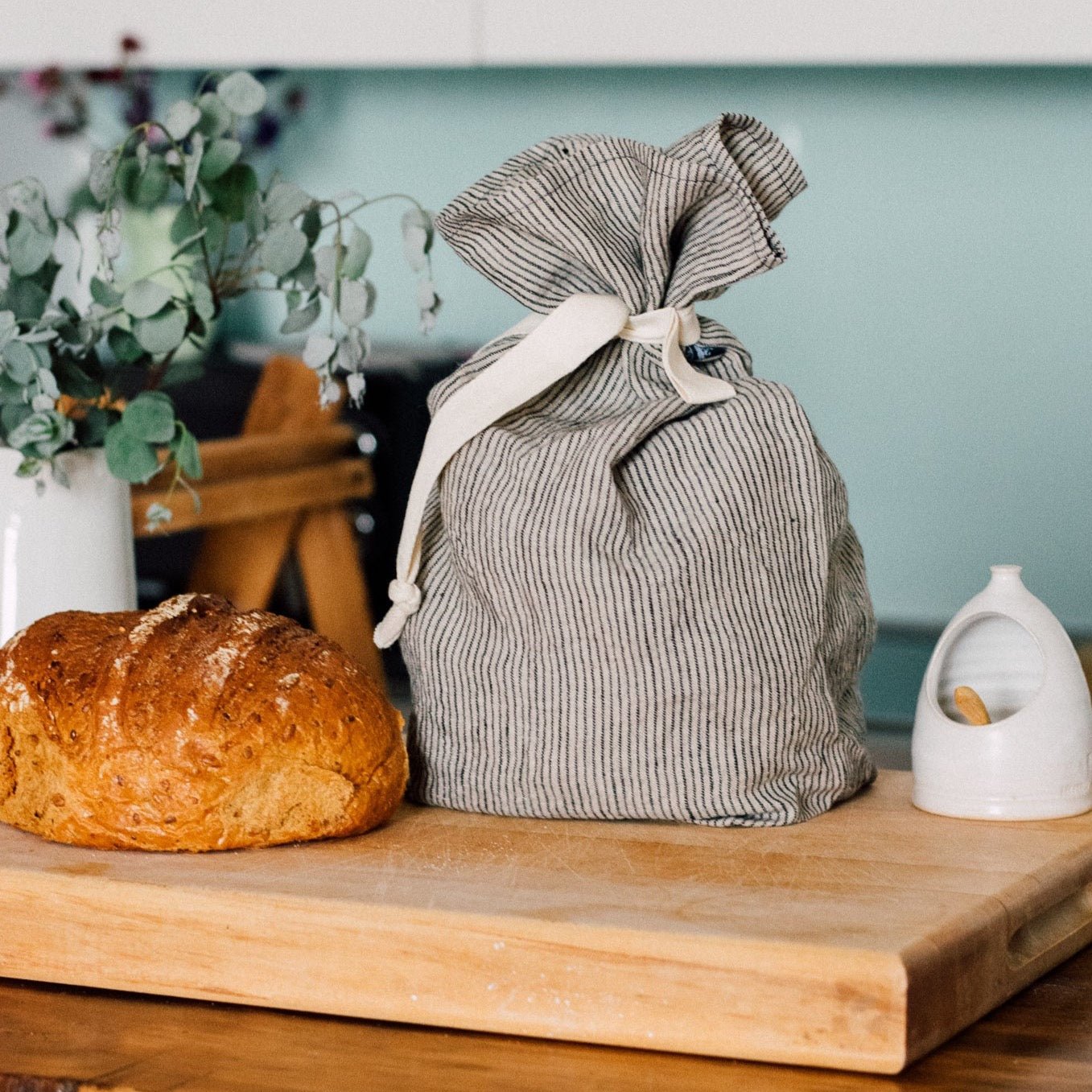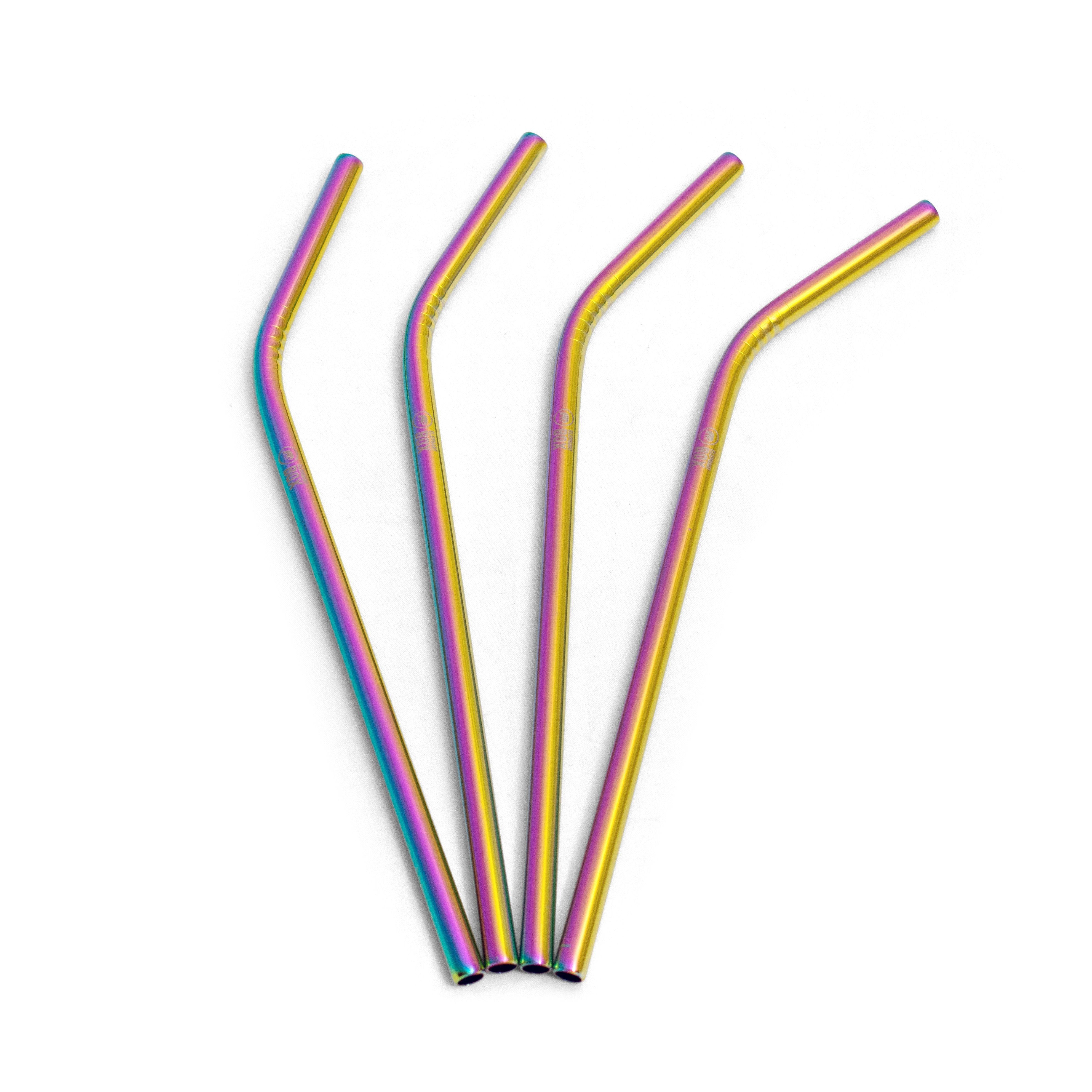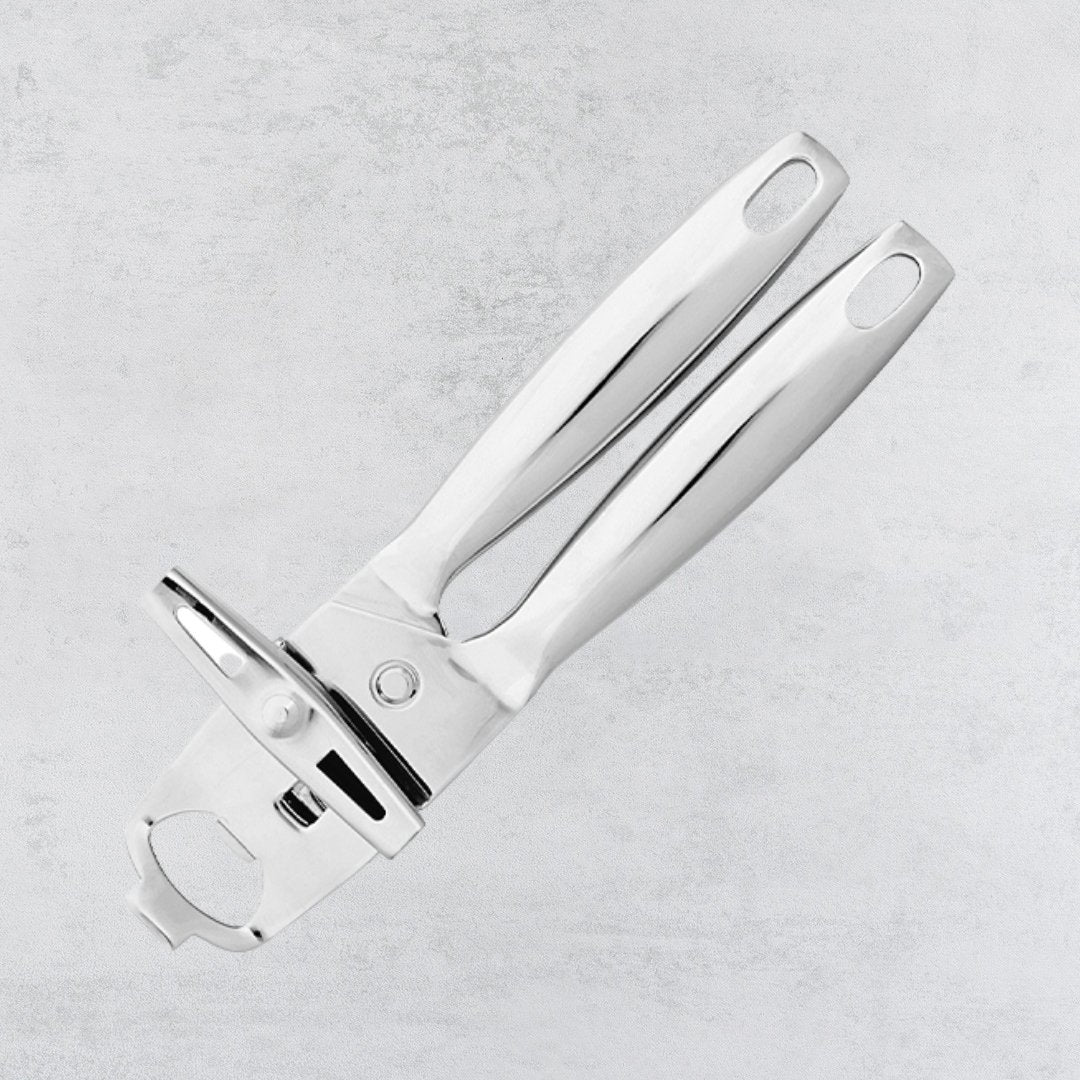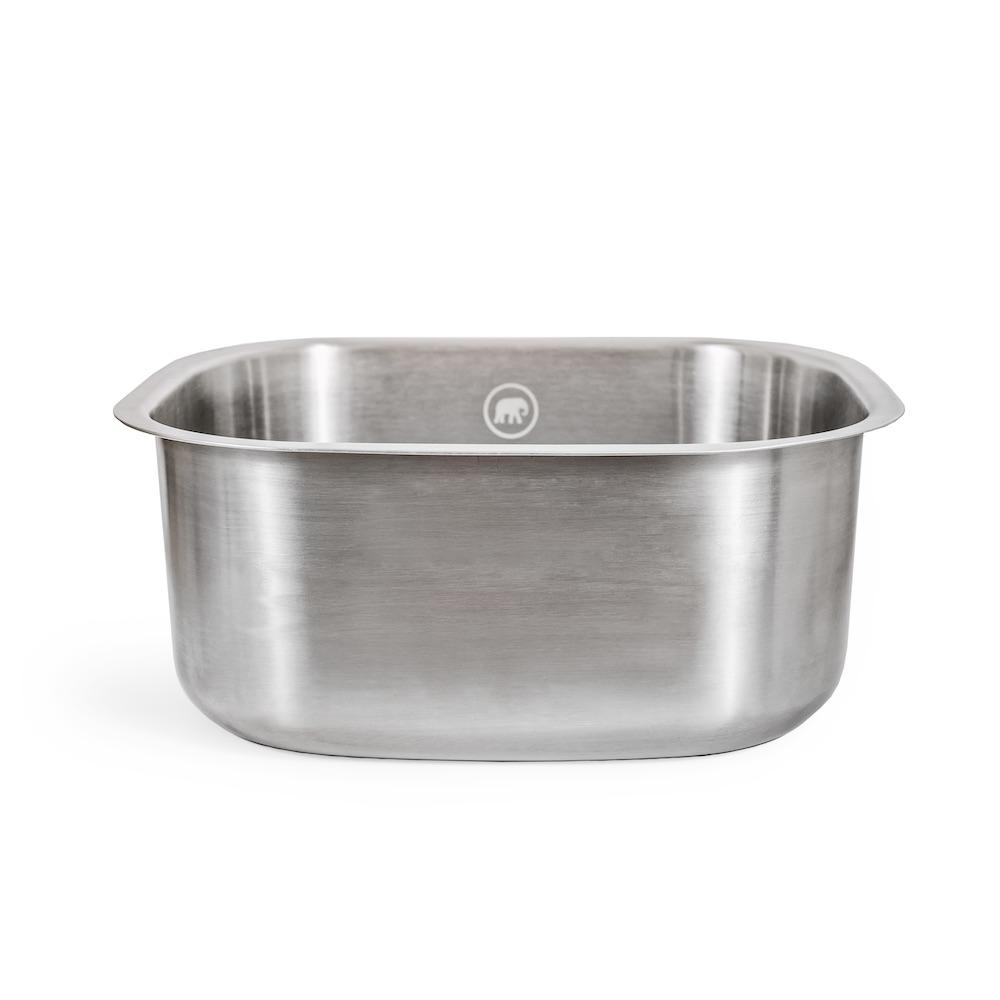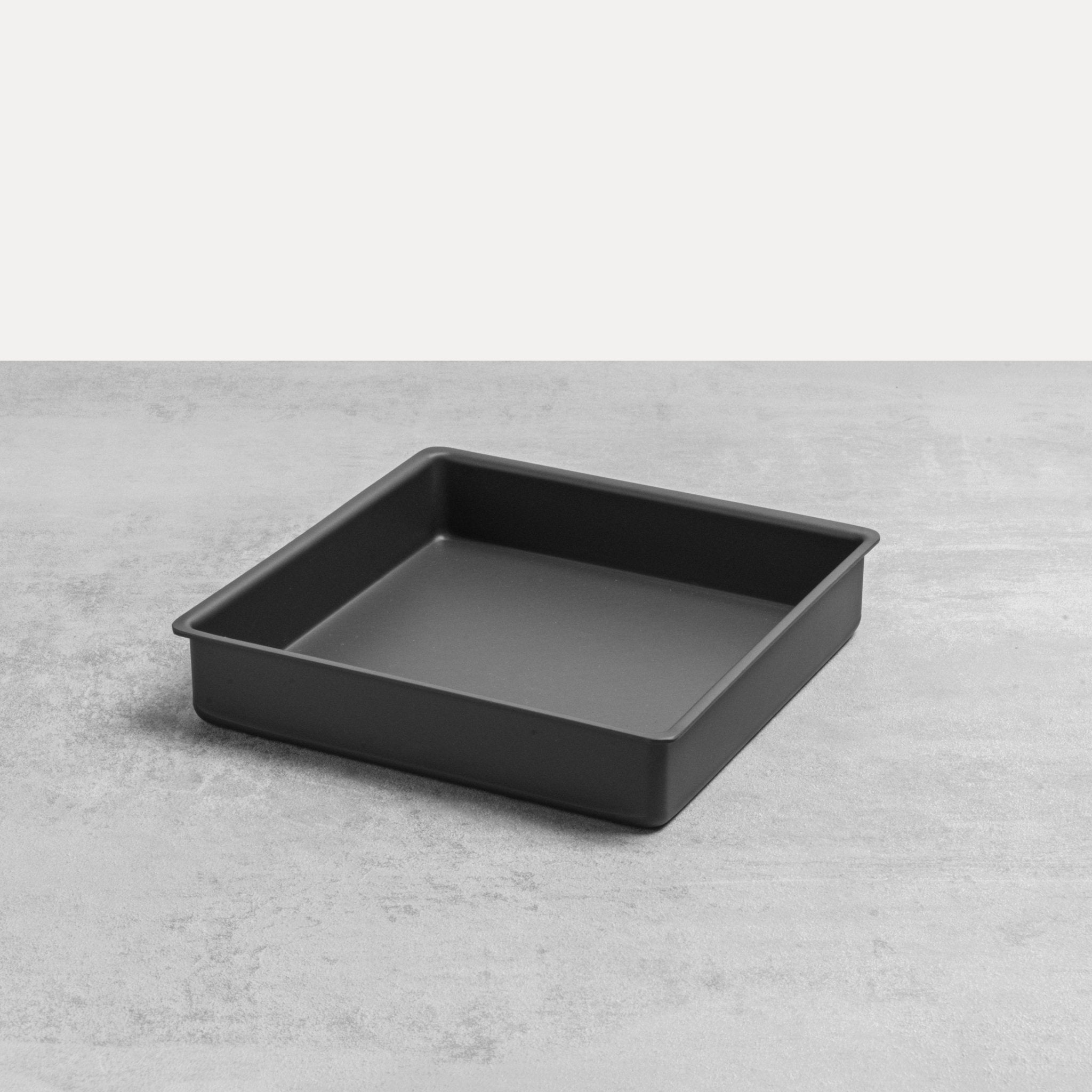Save the Oceans
Practical products that help protect the oceans. This collection includes well-made, reusable essentials and items made from recycled ocean plastics. They’re designed to last, so you can cut down waste without thinking twice. Every small switch helps – less single-use, more long-term thinking. Good for daily life. Better for marine life.
FAQs about Ocean-Friendly Products
What’s the best reusable water bottle for long-term daily use?
The best reusable water bottle for long-term daily use is one made to take a beating and bounce back. Stainless steel or BPA-free Tritan plastic are top choices - they’re tough, leakproof, and often insulated too. A solid bottle should handle both hot and cold drinks, with spares for replaceable parts like lids or seals. Many Buy Me Once options come with 10-year or lifetime guarantees, so you're set for the long haul. Choosing quality means fewer throwaway bottles and one less thing to faff about.
How should I clean and maintain my reusable water bottle?
To keep your reusable water bottle in good nick, wash it daily with warm water and mild soap. Use a bottle brush to get into all the corners, and give extra attention to seals and lids. Once a week, go for a deep clean with baking soda and vinegar or sterilising tablets. Always dry the bottle fully with the cap off - it helps prevent smells and mould. If the lid has fiddly parts, take it apart for a proper wash now and again.
Why does my reusable bottle sometimes taste or smell weird?
If your reusable bottle tastes or smells a bit off, it’s often down to lingering residue or bacterial build-up. Even stainless steel and BPA-free plastic need regular, thorough cleaning - especially the lid and seal. Leaving drinks in too long or not letting the bottle dry fully can also cause musty smells. A deep clean with baking soda or vinegar usually sorts it. Still pongy? Check the seal’s not hiding any nasties or past its best.
How much plastic waste can I save by switching to reusables?
Switching to reusables can save a surprising amount of plastic. The average UK adult goes through about 150 single-use bottles a year. Swap in a sturdy reusable one and that number can drop to nearly zero. Over five years, that’s roughly 750 fewer plastic bottles in circulation - not too shabby. Keeping a refillable bottle handy cuts waste and helps protect our oceans from plastic overload.
Can I take reusable bottles through airport security or on a plane?
Yes, you can take your reusable bottle through airport security - as long as it’s empty at the time. Once you’re past security, most airports now have refill stations or cafés happy to oblige. They’re perfectly fine to use onboard too, just make sure the lid seals tight to handle pressure changes in the cabin. A leakproof, long-lasting bottle makes travel much less of a palaver.
What materials are safest for ocean-friendly water bottles?
The best materials for ocean-friendly water bottles are stainless steel, BPA-free Tritan plastic, and borosilicate glass. These are durable, reusable, and don’t leach unpleasant chemicals into your drink. Stainless steel is especially tough and often fully recyclable, while borosilicate glass gives a clean taste and resists thermal shock - just a bit heavier in the bag. Steer clear of flimsy plastics that crack easily or go cloudy. Longevity’s the key when you want to tread lightly on the planet.
How often should I replace or refresh my reusable water bottle? Check out our reusable bottle collection for durable choices that last.
If your bottle’s built for keeps - quality materials, good seal, and a solid brand behind it - you probably won’t need to replace it for years. Some even come with lifetime guarantees or spare parts. But if you’re battling lingering smells, cracks, or damage that cleaning can’t fix, it might be time for a refresh. Regularly swapping out seals and giving it a proper scrub usually keeps a good bottle going strong.


